BEIJING (PTI): The frequent high-intensity drills conducted by the Chinese military around Taiwan by air, land, sea, and missile forces are raising concerns in the island about whether its military would have sufficient time to respond to a potential Chinese attack.
These drills by the People's Liberation Army (PLA) are gradually narrowing the beleaguered island's strategic space through a “salami-slicing” approach, according to a report.
Apprehensions are mounting that these high-profile drills may escalate into an attack with Taiwan having no time to respond. China claims the island as part of its mainland, asserting that it will take over it through peaceful means or otherwise.
Early this month, China held two-day large-scale military drills around Taiwan, which the PLA said tested its integrated joint operation capabilities and focused on blockade enforcement of the estranged island.
It was the sixth large-scale exercise conducted by the PLA since August 2022.
Besides concerns over a real attack, there is a growing concern over whether the Taiwanese military would be able to respond quickly enough as the PLA continues its strategy of gradually eroding buffer zones, the Hong Kong-based South China Post quoted military officials from Taipei as saying.
One former Taiwanese Air Force commander warned that if the Chinese warplanes could reach Taipei within three minutes of crossing the median line in the Taiwan Strait, which separates China and Taiwan, it would be too quick for the island’s air force to respond.
“The scale and complexity of these drills suggest that the PLA is building an operational familiarity with an attack scenario," Arthur Chi, a military analyst at Taiwan’s Institute for National Defence and Security Research, a government think tank said.
“Through these exercises, the PLA is also testing how Taiwan military responds using it as a reference for future combat planning,” Chi said.
Analysts agreed that Beijing’s incremental encroachment tactics – commonly referred to as “salami slicing” – were blurring the line between routine drills and acts of aggression, the report said.
“Salami slicing” is the most frequently aired concern along the Line of Actual Control (LAC) dividing India and China where the Chinese military is accused of gradual encroachment of disputed territories.
In Taiwan, each exercise expanded the PLA’s operational footprint, eroding long-standing norms such as the median line and testing the island's responses, the analysts said.
Chi said the PLA’s gradual encroachment into Taiwan’s air and sea defence spaces was even more concerning.
Taiwan’s defence ministry earlier confirmed that some PLA warplanes and ships came close to the island’s contiguous zone, which extends 44.4km from the coast.
"Each step appears minor in isolation but contributes to a broader erosion of Taiwan’s strategic space,” Chi said.
Taiwan officials have been asserting that China is finalising plans to attack the island in 2027 but strategic analysts aver that Russia’s attack on Ukraine and US President Donald Trump’s open assertions to take over Greenland island near Denmark and seize control over Panama Canal may embolden Beijing to advance its military plans.
These drills have raised concern in Taipei that such an exercise could seamlessly transition into an attack, with Taiwanese Defence Minister Wellington Koo Li-hsiung warning the military to be aware of such a possibility and be prepared to rapidly escalate its alert levels.
“Through joint intelligence, surveillance and reconnaissance operations, as well as intelligence-sharing with allies, we have determined that the time required for the PLA to transition from exercises to actual combat may not be as long as previously assumed,” Koo said last month.
“Without vigilance, the military could fail to mobilise in time should an emergency arise,” he said.
China has stepped up pressure since William Lai Ching-te of the independence-leaning Democratic Progressive Party (DPP), whom Beijing regularly describes as a separatist, took office as the island’s leader in May last year.
Taiwan has strengthened its asymmetric warfare strategy by investing in mobile missile units, coastal defence systems, drones and cyber capabilities to counter a potential first wave of PLA attacks.
However, some analysts argue these efforts may not be enough.
"A PLA fighter jet could reach Taipei within three minutes of crossing the median line,” said retired Air Force Lieutenant General Chang Yen-ting.
“Taiwan’s air force, however, needs at least six minutes to scramble and another six minutes to intercept an incoming aircraft – by then, it may already be too late,” he told the Post.
Chang added that Taiwan lacked an air force base in Taipei, meaning the nearest fighter jets available for interception would have to be deployed from Hsinchu in the north, Taichung in the centre, or Hualien and Taitung in the east.
However, Lu De-yun, a former press secretary at the Defence Ministry, and military analyst, said Taiwan’s air defence network remained capable of responding to threats.
“If scrambling jets is not fast enough, we can still target incoming PLA aircraft with surface-to-air missiles. Our air force maintains patrols nearby and is always on standby,” he said.
“Large-scale military operations require extensive preparations that would be difficult to conceal, especially given US and allied satellite surveillance,” he said.
"The PLA would need weeks, if not months, to assemble the necessary forces. Any movement would be detected early, raising red flags,” Lu said.
He also said such an operation would have political consequences. “The DPP administration would use any PLA aggression to rally international support against Beijing,” Lu said. “Taiwan would leverage the incident to strengthen its ties with allies and justify countermeasures”.
China's frequent military drills spark concerns in Taiwan of real attack with little time to respond
Article Posted on : - Apr 08, 2025
Other Related News
Greece signs deal to buy 16 anti-ship missiles from France
Greece has signed a deal to purchase anti-ship missiles from France as it seeks to bolster its defences in a procurement programme aimed mainly at addressing tensions with neighbouring Turkiye.
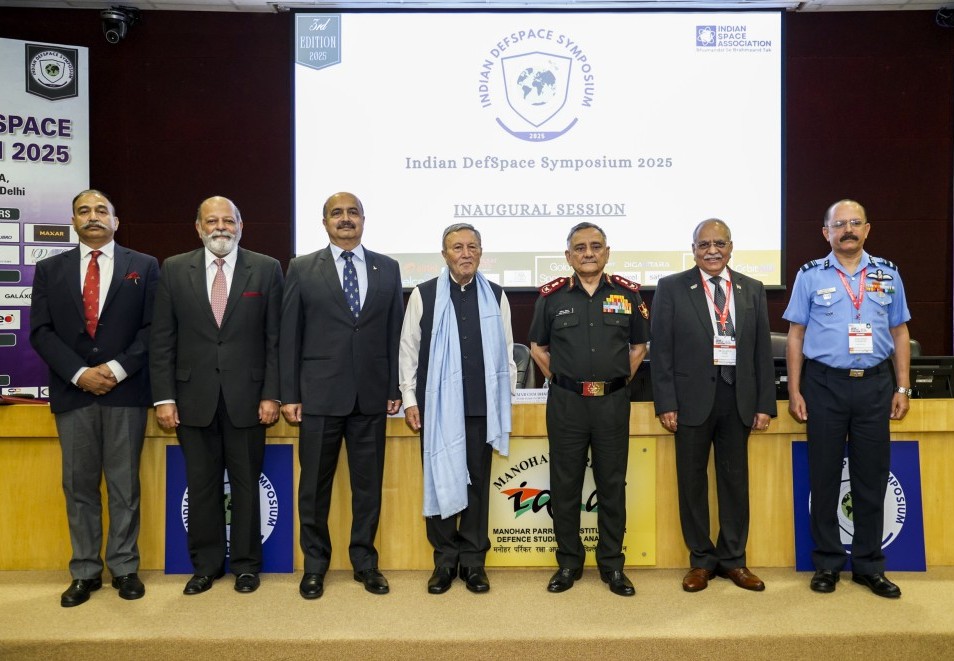 Previous Article
Previous Article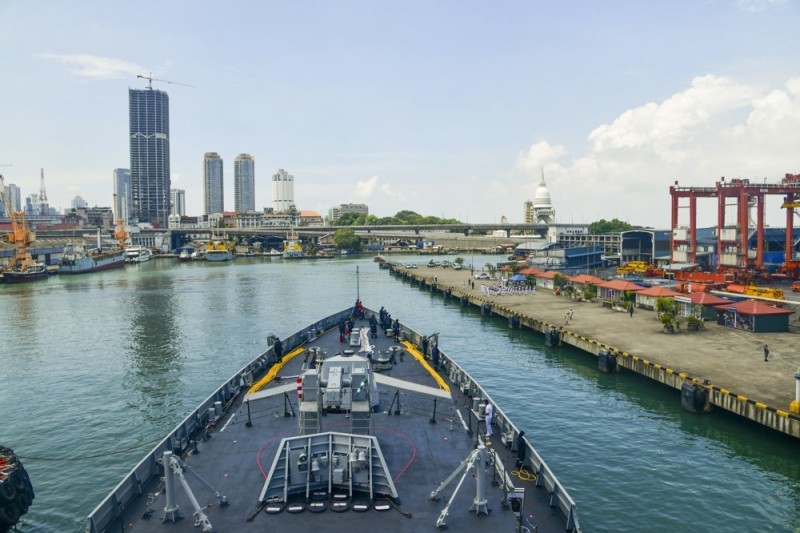 Next Article
Next Article
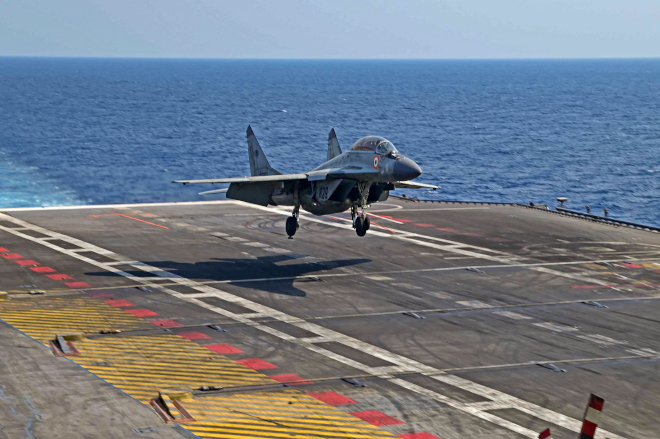

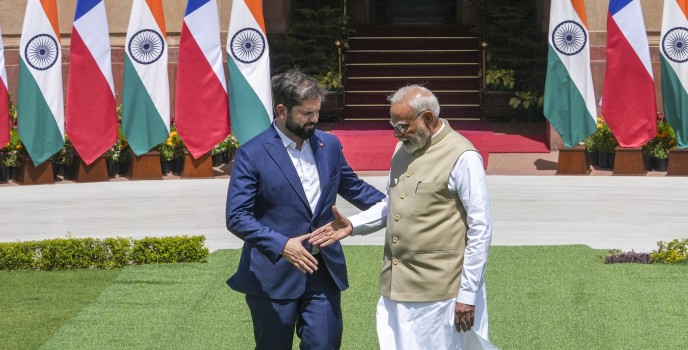
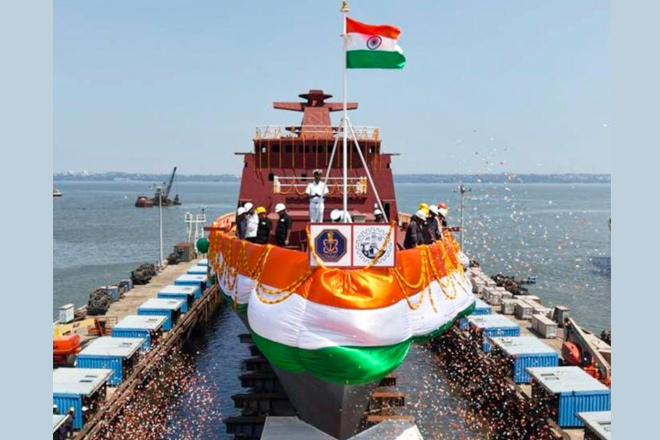
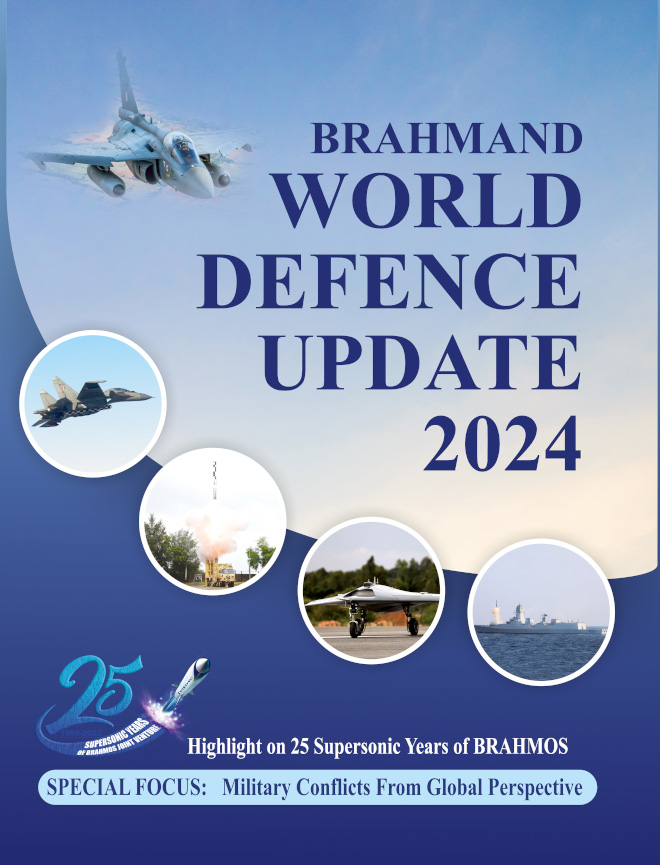
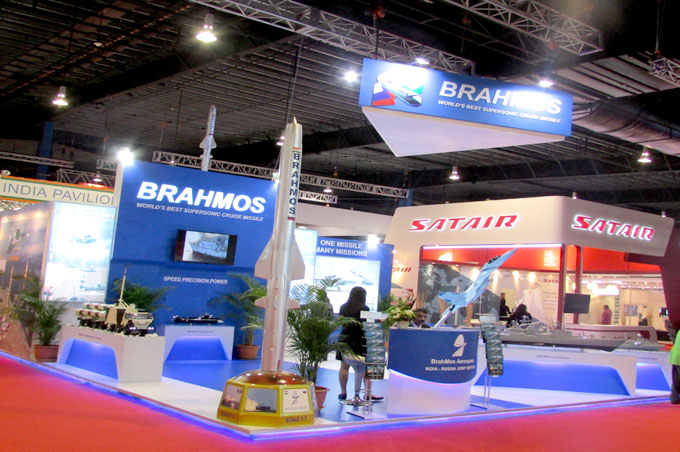
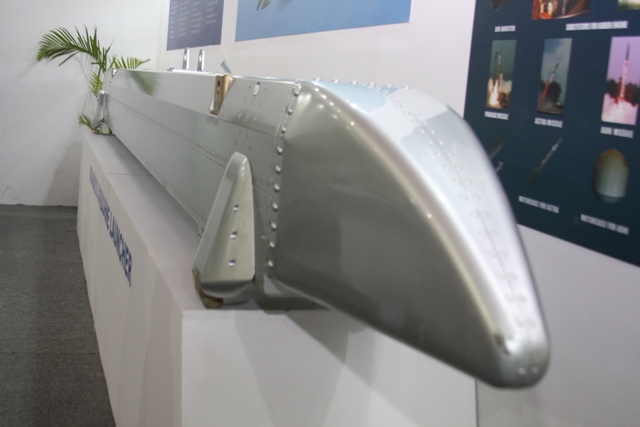
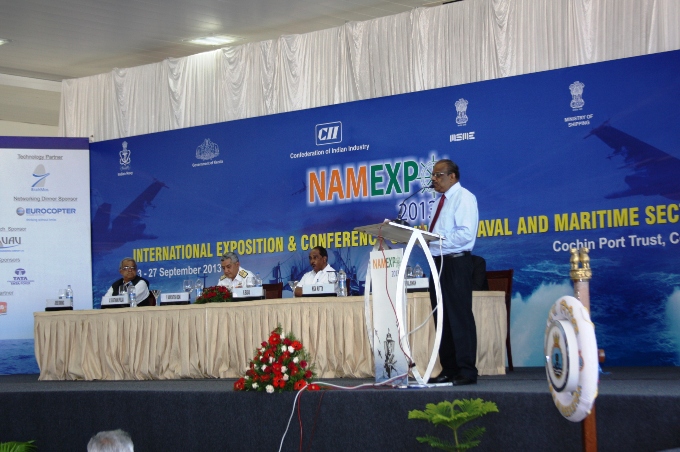

The Indian Air Force, in its flight trials evaluation report submitted before the Defence Ministry l..
view articleAn insight into the Medium Multi-Role Combat Aircraft competition...
view articleSky enthusiasts can now spot the International Space Station (ISS) commanded by Indian-American astr..
view article